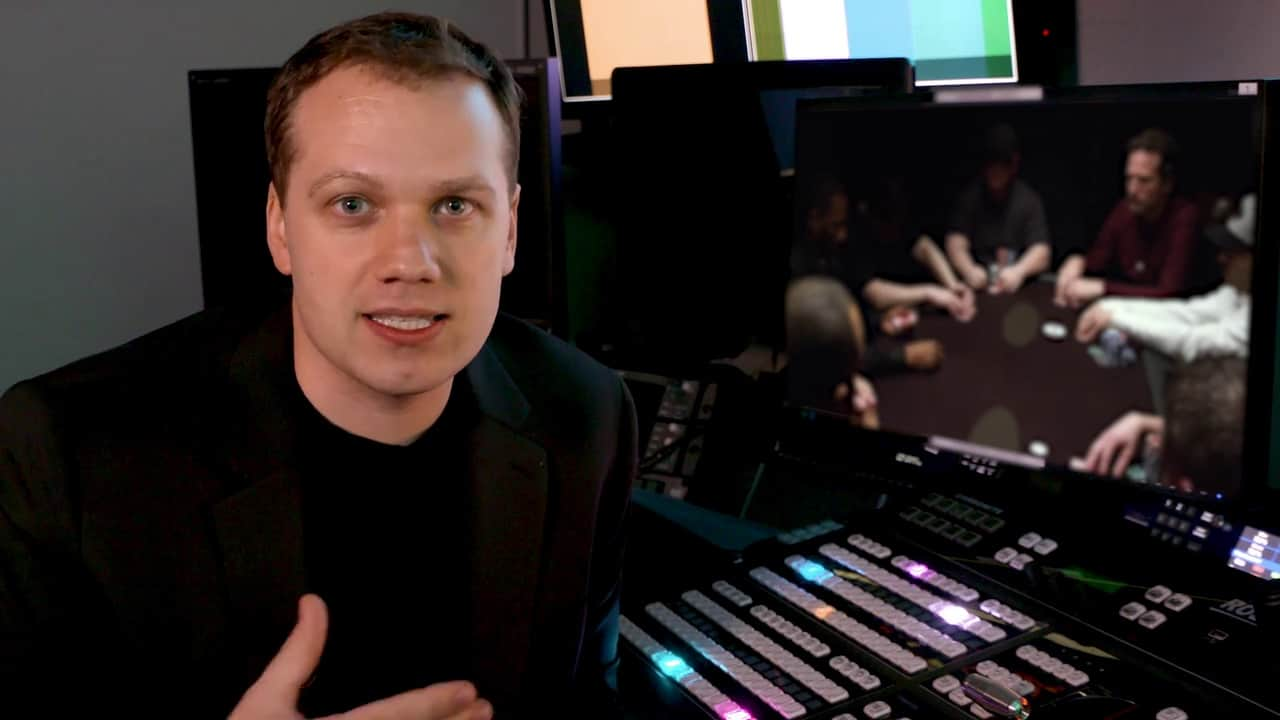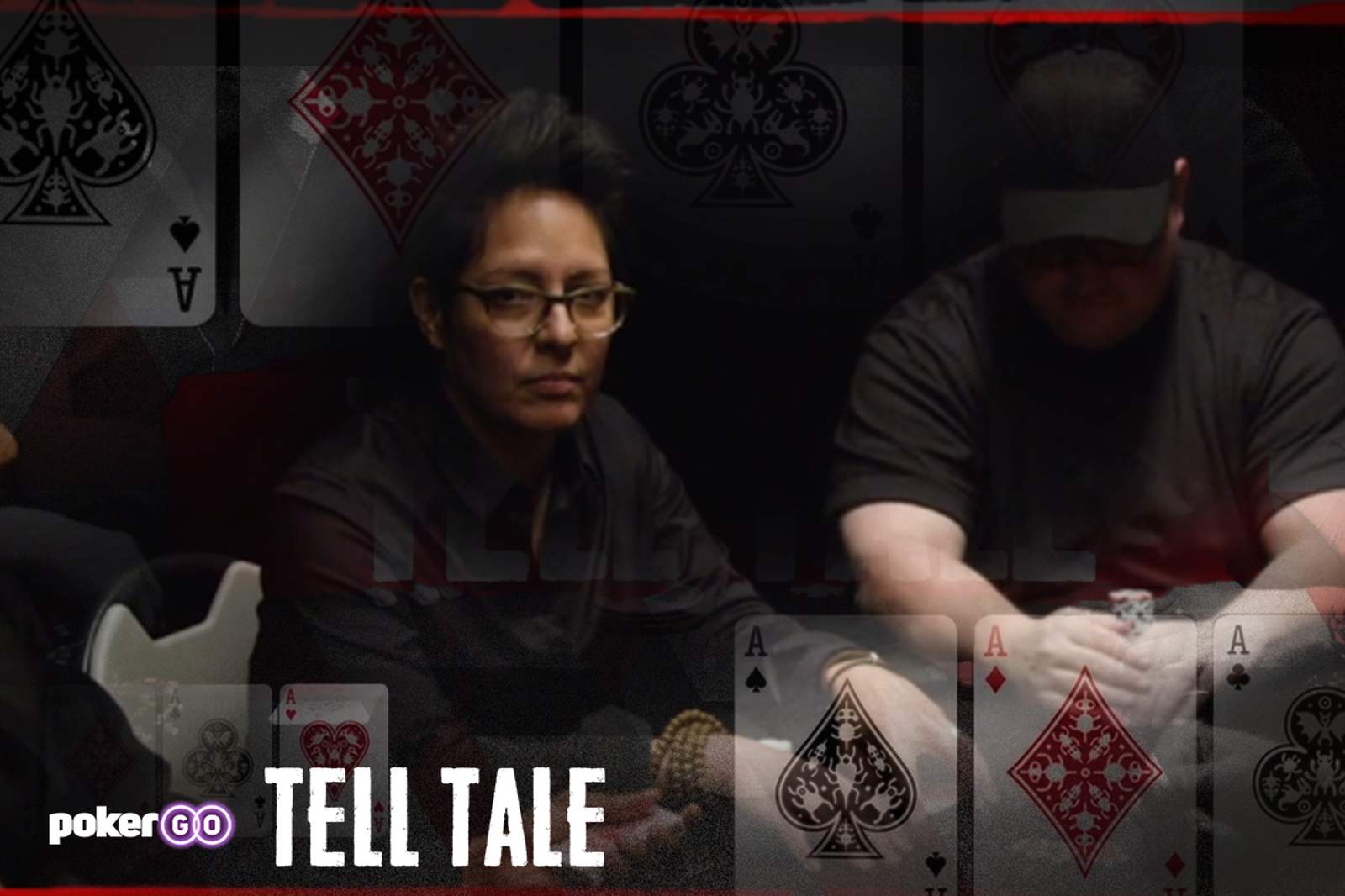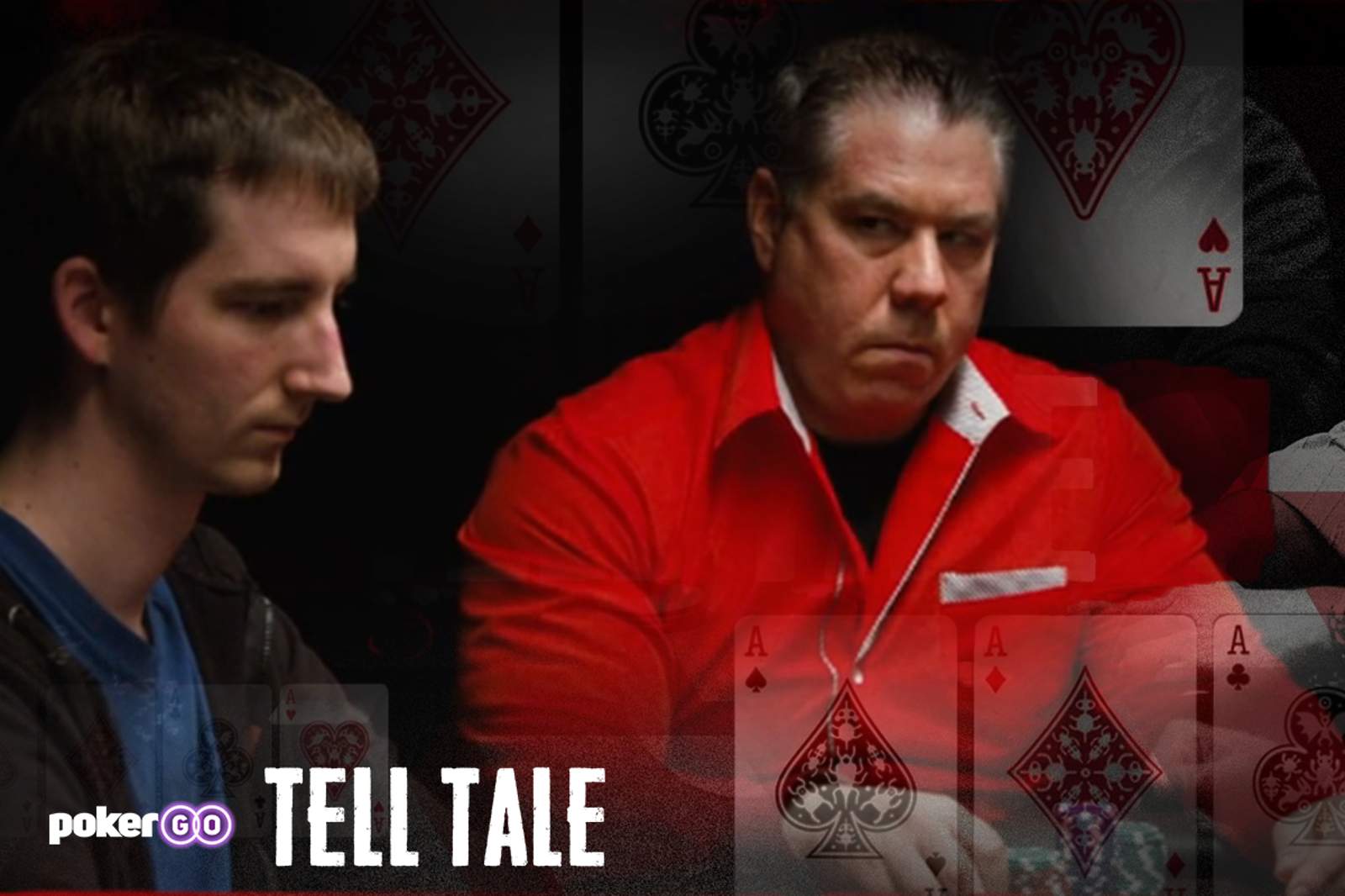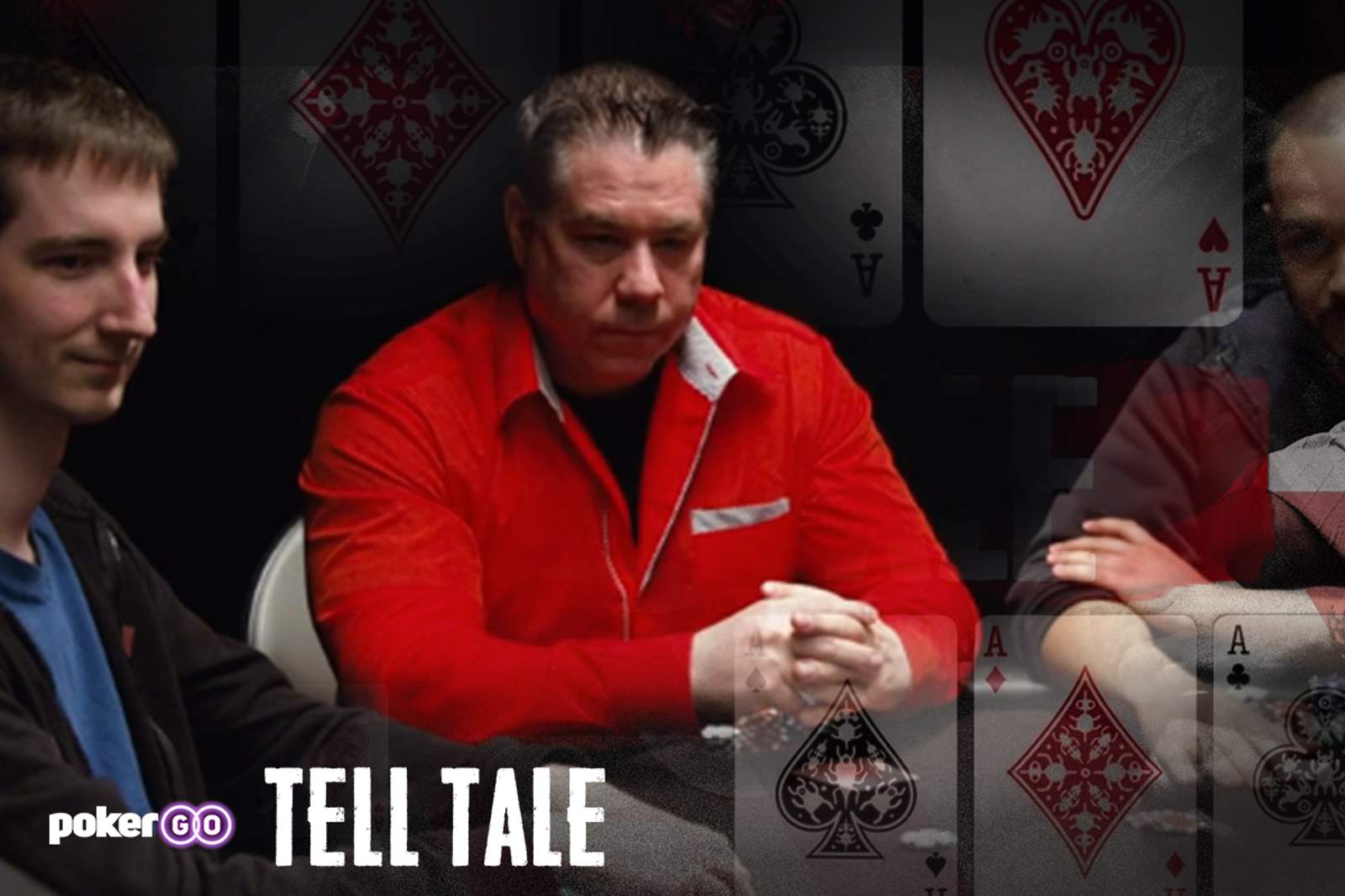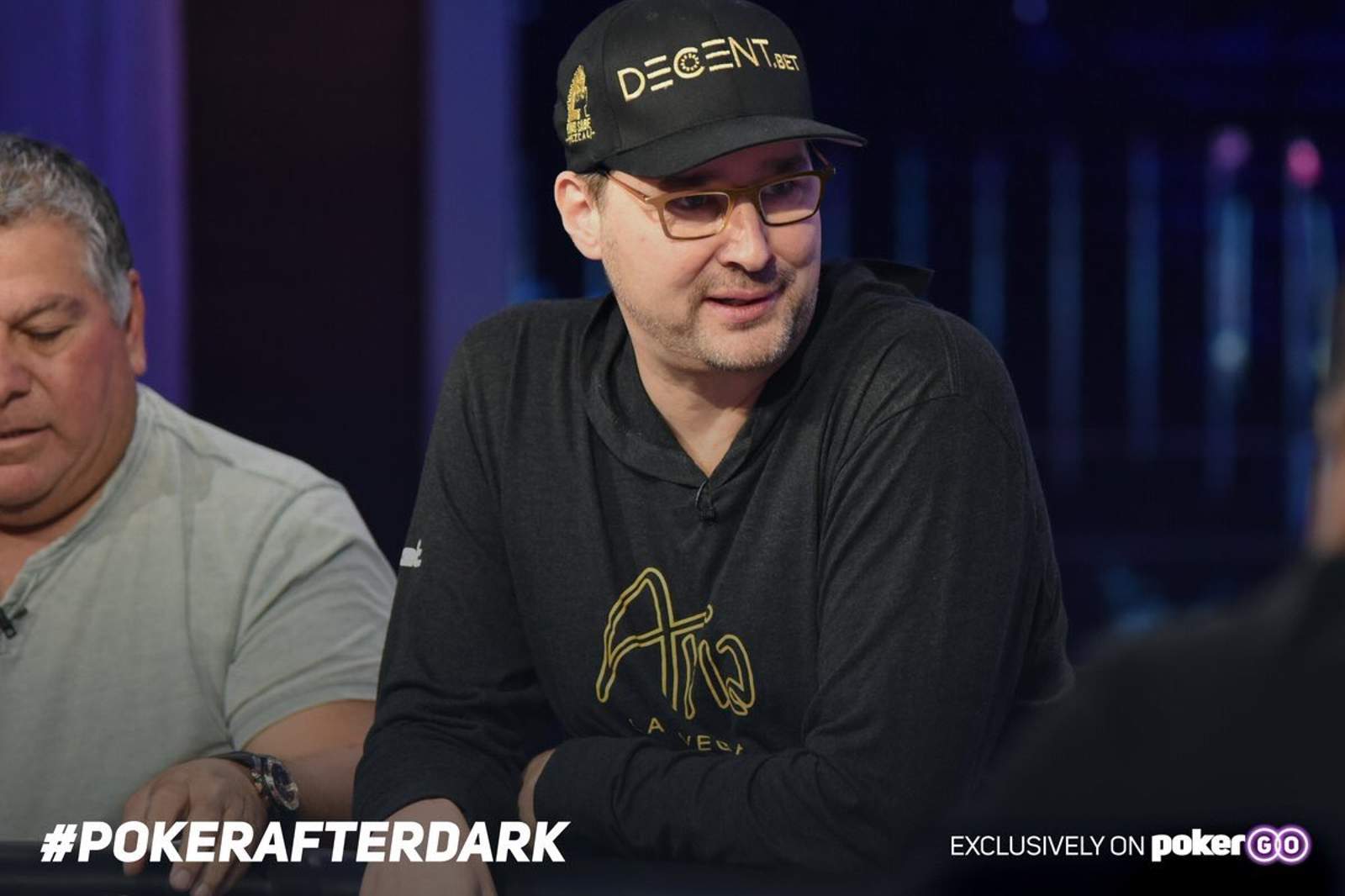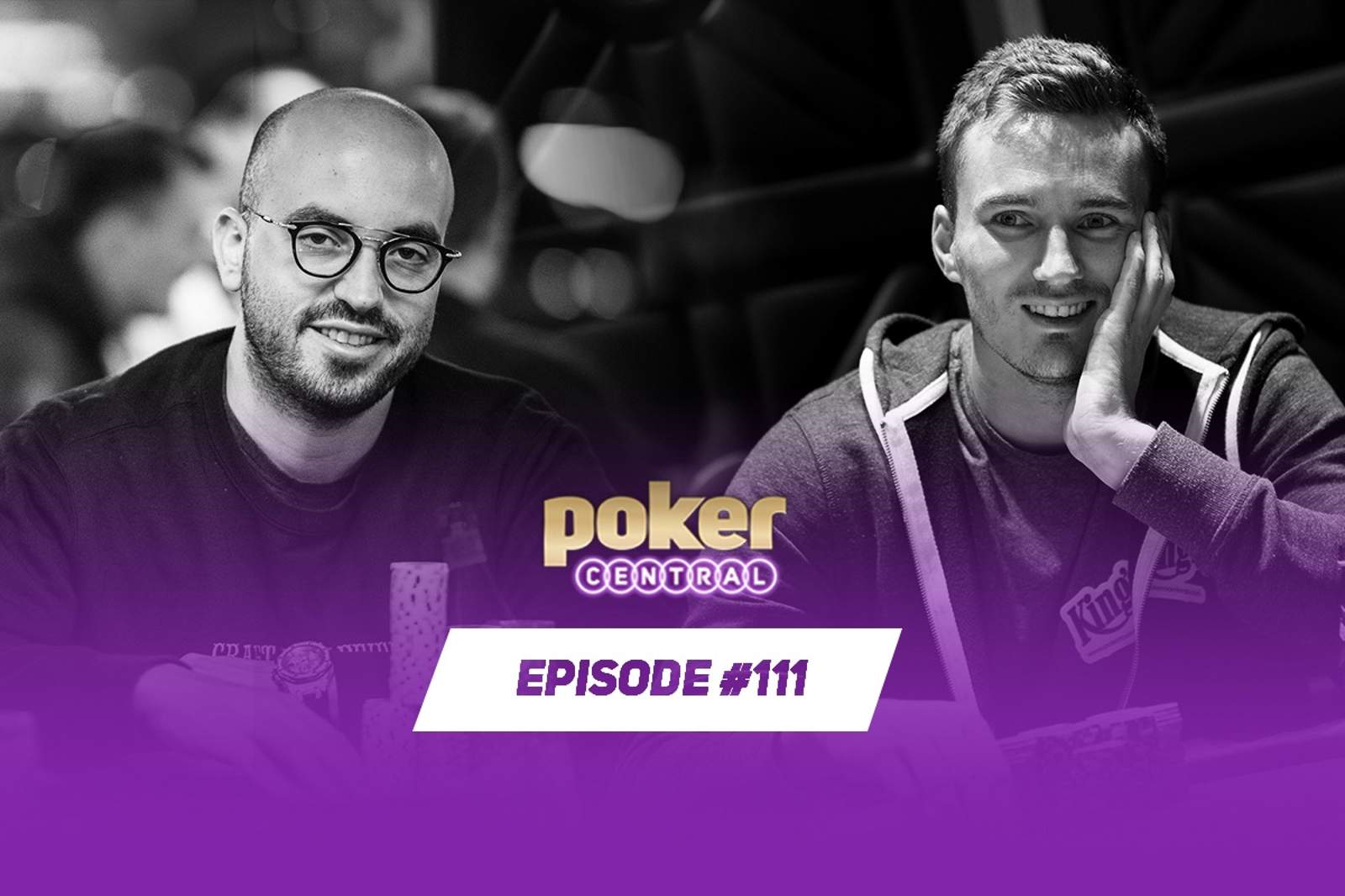Related Articles
Tell Tale: Familiarity is Key on PokerGO
Tell Tale: Tells Play a Physical Game on PokerGO
Tell Tale: Play Your Cards Without Your Hands on PokerGO
The game of poker has evolved to a level where the best and brightest are running computer simulations on enormous servers to learn more about optimal strategies. Solvers are the name of the game, and if you ask most players competing at the highest level you’ll hear the same thing over and over again about live poker tells.
What are we hearing, you might ask? Well, poker tells have gotten a bad rep due to its foundation in poker movies and the early days of the game’s popularity when most players didn’t have the slightest clue what they were doing. However, because so much of the content about poker these days is focused on the top players and their exploits, the largest segment of the poker playing community is overlooked, the ones playing in local home games, or low stakes at their local casino or on fun getaways with their friends.
Chances are, you’re either one of those players or you’re facing those types of players on a regular basis, and Blake Eastman, backed by a wealth of actual research, is here to change your mind on what to look for at the poker table. The PokerGO Original series titled “Tell Tale” gives you an inside look at some of the basic tells that all players should know how to conceal and pick up on, and why it’s so important to build live tells into your decision making as opposed to it being an Oreo-cooking induced gimmick.
Check out Episode 1 of Tell Tale on PokerGO right now by clicking this link.
“The stuff we picked up during the taping of Tell Tale is definitely more on the basic side. That being said, it doesn’t mean world-class players don’t do the same exact things. I think there’s this misconception that world-class players don’t give away any information. It’s complete bullshit, as I’ve seen some of the best poker players in the world give off tons of information with very basic things.”
“The reality is the poker community doesn’t attach a lot of value to tells and because of that there’s not that much concealment, and there’s not really effective strategies for reducing tells, which makes them give them off more.”

Eastman emphasizes that poker tells in general need a bit of rebranding, as he believes that they should no longer be seen as something that’s separate from the other parts of your decision-making process.
“Poker tells should be perfectly integrated into your thoughts process. One of the things that I constantly teach is having this behavioral side of your range, meaning, having situations where via the behavior you know whether a player is weak and you’re going to attack that just off of raw behavior. I think the biggest thing that happens is that it adds a layer of confidence that’s unprecedented in poker if you are able to apply this.”
Crediting experienced and successful online players with their strong game plans and excellent range-building skills, Eastman emphasizes that in live games you don’t get the same kind of volume in, you don’t get to pick apart the frequencies of your opponents over a large sample size, but that in return you can use the extra information at hand to expand your overall game plan and your assessment of your opponent’s range.
“Playing range-on-range is a good way to start in live poker, but you’re not going to realize your full edge when you’re solely reliant on that aspect of the game. Tells will clearly bring to your attention when a player is marginal, and if you are able to integrate that into your game, you could open up your aggression, you could attack more frequently, and at the $1/$2, $2/$5 and $5/$10 games it’s almost comical to see the amount of behavior that’s out there.”
Tell Tale on PokerGO is a great starting point for players looking to reconnect with the basics of poker tells, as Eastman picks apart the behavior of players in a low stakes underground game made up from players with varying degrees of experience. As you watch through the show, keep in mind that Eastman has already put the challenge out there for anyone who thinks live tells are insignificant.
“If you don’t see some of the stuff in Tell Tale, you really need to work on behavior,” Eastman said, “There’s a lot of very blatantly obvious spots.”
Eastman wishes he had more time to go deeper with this lineup, but his work in this field is far from done. When talking to the poker tells expert, Eastman casually mentions ‘comparative analysis’, ‘blink rate’ and ‘smile quality’ pointing out how much deeper this goes then picking up on that one friend you know who always cracks a smile when that third card of the same suit hits the board.
“For the average poker player who plays once a week or something like that this is a good test, because if you’re not noticing this stuff then it’s definitely something that you want to add to your game.”
All six episodes of Tell Tale are now available on PokerGO. New to PokerGO? Subscribe right now and never miss another live broadcast. The 2018 Poker Masters get underway live on PokerGO this Saturday with live commentary provided by Ali Nejad. Looking for more from Blake Eastman? Check out his advanced poker tells studying platform “Beyond Tells.”
Related Articles
Tell Tale: Familiarity is Key on PokerGO
Tell Tale: Tells Play a Physical Game on PokerGO
Tell Tale: Play Your Cards Without Your Hands on PokerGO
Relive "Under the Gun" on PokerGO
Ep. 111 The Poker Masters Preview Show ft Bryn Kenney



